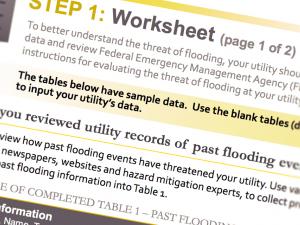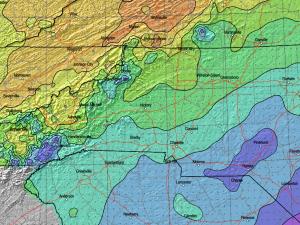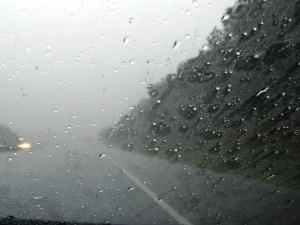
CGP Grey, http://www.cgpgrey.com. CC BY 2.0, http://creativecommons.org/licenses/by/2.0, via Wikimedia Commons.
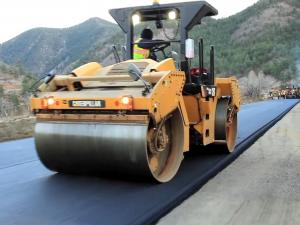
Still image from video footage, Colorado Department of Transportation
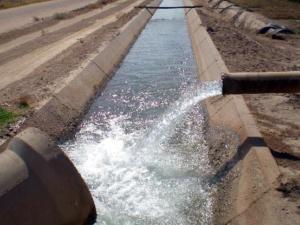
Hallie Eakin, Arizona State University
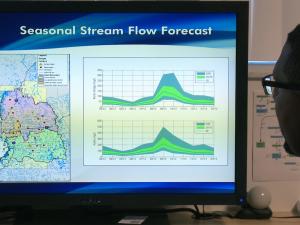
Still image from video "Worried About Water? Tracking Climate Assures Supply." Video footage: Kurt Mann
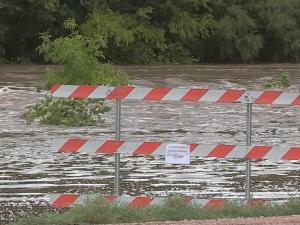
Still image from video "Tools for Flood Resilience: Lessons from Fort Collins." Video footage: Kurt Mann.

Sanibel sun, own work. CC BY-SA 3.0, http://creativecommons.org/licenses/by-sa/3.0, via Wikimedia Commons.
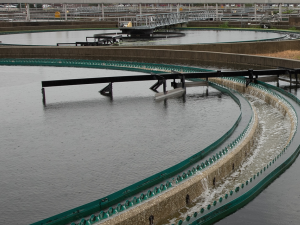
Metropolitan Water Reclamation District of Greater Chicago. CC BY-NC-ND 2.0, https://creativecommons.org/licenses/by-nc-nd/2.0/, via Flickr

Dwight Burdette, own work. CC BY 3.0, http://creativecommons.org/licenses/by/3.0, via Wikimedia Commons
